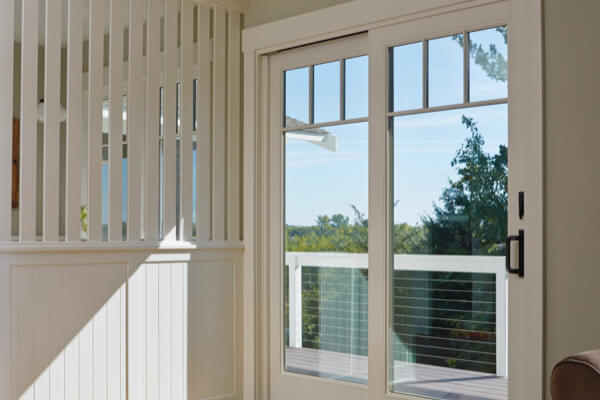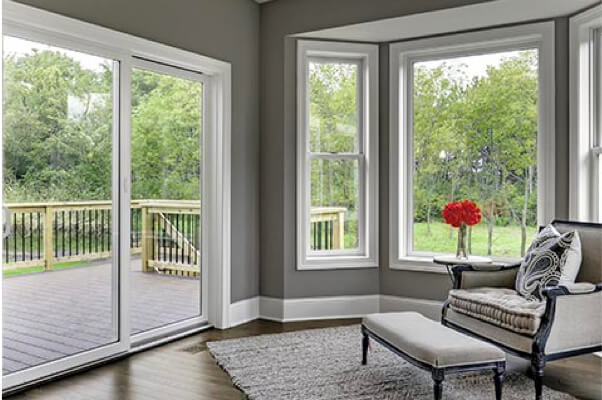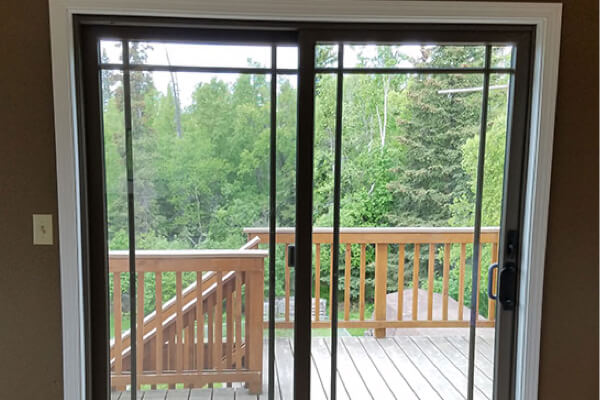
This week’s Summer Science activity comes courtesy of Renewal by Andersen Engineer Suzan Cox.

Suzan Cox and her daughter test the density of ice.
SUPPLIES
- 2 glasses or jars
- Paraffin wax such as Gulf Wax (available in the baking aisle at grocery stores)
- Ice cubes
- Medium-sized pot
Step 1 – An adult should help with this step. Fill the pot 2-3″ high with water. Put a block of wax in a jar and set it in the water. Turn the stove on low and wait for the wax to melt.
Step 2 – Fill the other jar with water.
Step 3 – An adult should help with this step. Cut a square of wax in the shape of an ice cube and set it aside.
Step 4 – Get an ice cube out of the freezer and set it aside.
Step 5 – An adult should help with this step. When the wax is melted, pull the jar out of the pot and set the it next to the jar of water.
Step 6 – Drop the ice cube in the water and the wax cube in the melted wax. Watch what is different. Why might that be?
KEY PRINCIPLES
- Density is how compact a material is. Density is the mass (or weight) divided by the volume it takes up. It is often expressed as grams per ml or kg/m^3.
- There are three main states of matter: solid, liquid and gas. Gases are the least dense. Usually solids are the most dense state of matter.
- Ice (solid water) has a crystal structure with a lot of open space. That is why it is less dense than liquid water and ice cubes float. Wax has a dense crystal structure that is more typical of solids, that is why solid wax sinks.
WANT TO DO MORE?
- Can you measure the density of your ice cube and wax cube?
- Try this: use a kitchen scale to measure the weight of each cube.
- Then measure the volume by filling a liquid measuring cup with ½ a cup of water. Add your cube. What is the difference in volume? That change in volume is the volume of your cube.
- Divide the mass by the volume to find the density.
- Don’t be alarmed if the results aren’t what you expect. Your kitchen equipment may not be precise enough to accurately measure the cube density.
SHARE YOUR EXPERIMENT FUN!
Did your experiment go as planned? Were there any surprises? What might you do differently next time? Tell us about your experience through words and pictures on our Facebook page! Be sure to tag @AndersenWindows and use #AndersenWindows with #SummerScience.
Thanks for joining our Andersen scientists and adding STEM into your summer!










